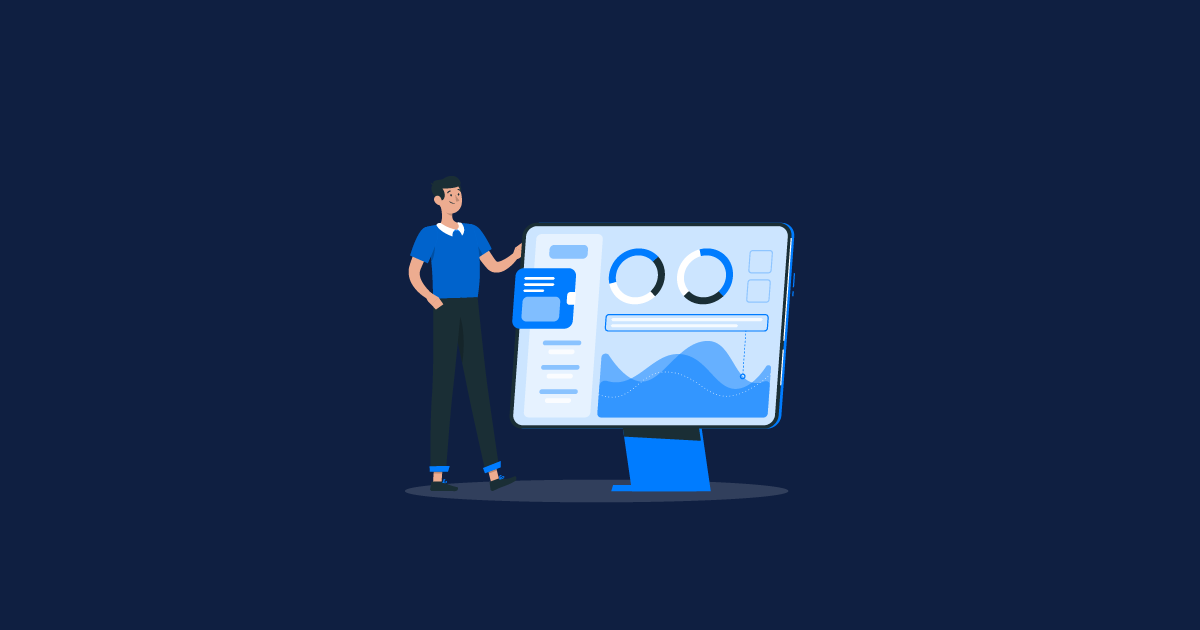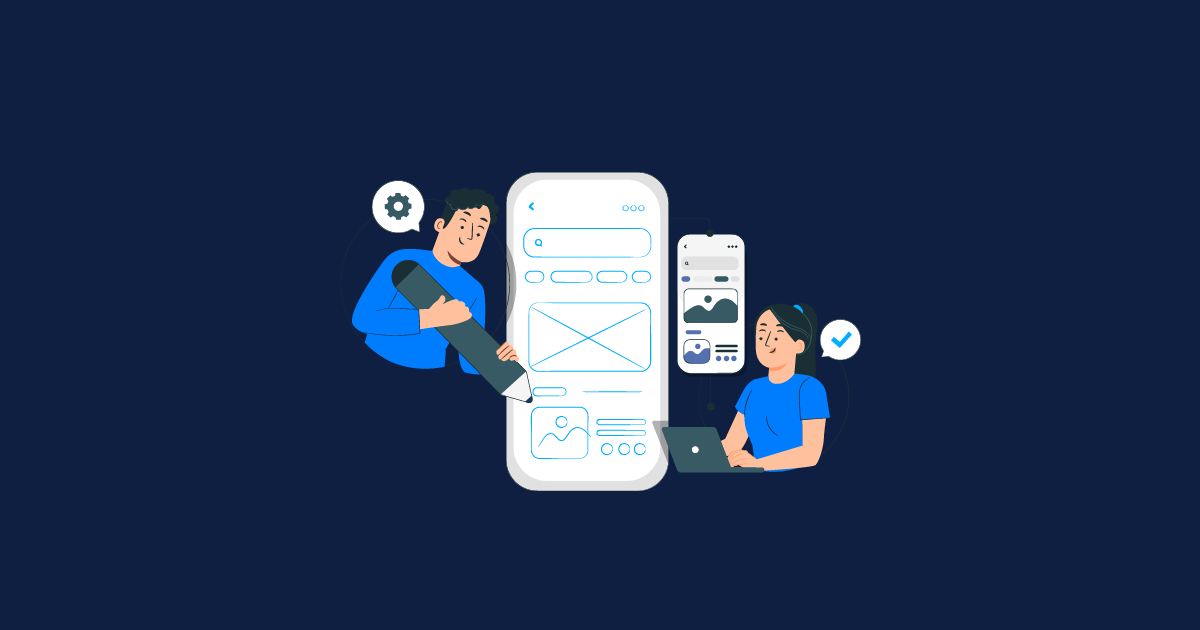Learn the essentials, techniques, and best practices for successful API testing.
Mastering API Testing: A Beginner's Ultimate Handbook
In the dynamic realm of software development, API testing has evolved into an essential practice to guarantee the seamless integration and optimal performance of Application Programming Interfaces (APIs). This testing approach zeroes in on individual API methods and their interactions. Its significance lies in its capacity to affirm the accuracy, functionality, reliability, performance, and security of programming interfaces. APIs serve as the foundation for effective communication between software applications, furnishing protocols, tools, and functions that enable smooth interactions. While it's a multifaceted process, engaging with APIs presents an avenue to unlock the full potential of applications. This article will explore diverse types of API testing, associated challenges, best practices, and other crucial aspects.
Types of API TestingFunctional API Testing:
Functional testing delves into specific functions within the codebase, ensuring that the API operates as intended within predetermined parameters. This encompasses:Validating whether the API produces the expected output for given inputs.
Verifying if the API responds appropriately to errors when results deviate from anticipated parameters.
Employing Positive/Negative testing methods where positive testing evaluates the API under normal conditions, and Negative testing scrutinizes the API's response to incorrect or extreme inputs.
API Performance Testing:
This assessment evaluates both functionality and performance by simulating various scenarios of API calls, encompassing:
1. Load Testing:
Assessing system performance during heavy usage, analyzing response times, throughput, and server conditions while gradually escalating call volume.
2. Soak Testing:
Prolonged load testing to uncover system instabilities like memory leaks.
3. Stress Testing:
Incrementally increasing virtual user count to identify areas where the API experiences slowdowns, errors, or unresponsiveness.
4. Spike Testing:
Evaluating how well the API handles unexpected, significant user count changes and its ability to recover and stabilize.
5. Scalability Testing:
Ensuring the system's performance scales proportionally with added load.
API Security Testing:
The security audit entails security, penetration, and fuzz testing to evaluate API vulnerabilities against external threats, including:
1. Security Testing:
Affirming compliance with security protocols, encompassing user identity verification, sensitive information protection via encryption, and thorough authorization checks.
2. Penetration Testing:
Simulating attacks from external sources on API functions, processes, or the entire API to gauge vulnerability levels.
3. Fuzz Testing:
Stress-testing the API's limits by inputting extensive amounts of random data to identify potential negative behaviors or vulnerabilities.
API Integration and Reliability Testing:
APIs play a pivotal role in integrations, necessitating the following tests to ensure their effectiveness:
1. Integration Testing:
Ensuring efficient communication between APIs without triggering errors in other APIs.
2. Reliability Testing:
Assessing how well the API synchronizes with diverse devices and detecting potential disconnection issues.
Having explored the various types of API testing, let's delve into how beginners can approach API testing effectively.
Approaching API Testing for Beginners
Defining API Testing Requirements:
Clarity on API testing specifications and limitations is crucial. When testing an API, start by understanding its purpose and target audience. Grasp the application's workflow and how the API complements it. Comprehensive documentation of the API's features, functions, and interactions with other APIs is essential. Identify testing areas like functional, performance, and security, prioritizing them accordingly. Define potential testing issues and specify expected outputs for each test case, along with clear Pass/Fail criteria.
Establishing the API Test Environment:
Collaborate with DevOps engineers to set up the API test environment, configuring servers, databases, and essential resources for API interaction. Creating a controlled, isolated testing environment resembling real-world scenarios is vital.
Defining Input Parameters:
Before API testing, plan and gather possible input combinations. These parameters form the basis for test cases, ensuring result accuracy.
Developing API Test Cases:
Build and implement API test cases after laying the groundwork. Organize cases into relevant groups, including:
Analyzing response values for specific input conditions.
Examining API behavior with no return value.
Tracing events or system responses triggered by API outputs.
Validating system effects post changes to data structures.
Confirming altered resources due to API calls.
Automate API Testing:
Automating API testing is recommended for continuous integration and swift feedback loops. Utilize testing tools to drive and execute API test cases automatically, reducing development-to-production gaps and debugging efforts.
Best Practices for API Testing
Thoroughly plan, strategize, and design API tests before initiating testing.
Utilize a robust testing framework with automation features to streamline API testing.
Generate comprehensive test data covering various scenarios and edge cases to comprehensively evaluate API behavior.
Ensure holistic quality assurance by verifying API functionality, security measures, and performance.
Regularly perform regression testing to maintain existing functionality after API updates.
Integrate API testing into CI/CD pipelines for swift development feedback.
Foster collaboration among developers, testers, and stakeholders to swiftly identify and resolve issues.
Implement monitoring tools to preemptively track API performance and address potential issues.
Challenges of API Testing
Testing intricate API architectures linked to multiple systems can be time-consuming and challenging.
Proficiency in programming skills and HTTP protocols is crucial for efficient API testing.
Handling extensive datasets while ensuring accurate test data requires careful attention.
Thorough testing of API security and authentication is vital due to their complex nature.
Conclusion:
Despite challenges, API testing bridges developers, testers, and stakeholders, guaranteeing API alignment with business requirements and user expectations. At QAonCloud, we tackle these challenges, offering top-tier services that effectively address them. Reach out to us for more information.


